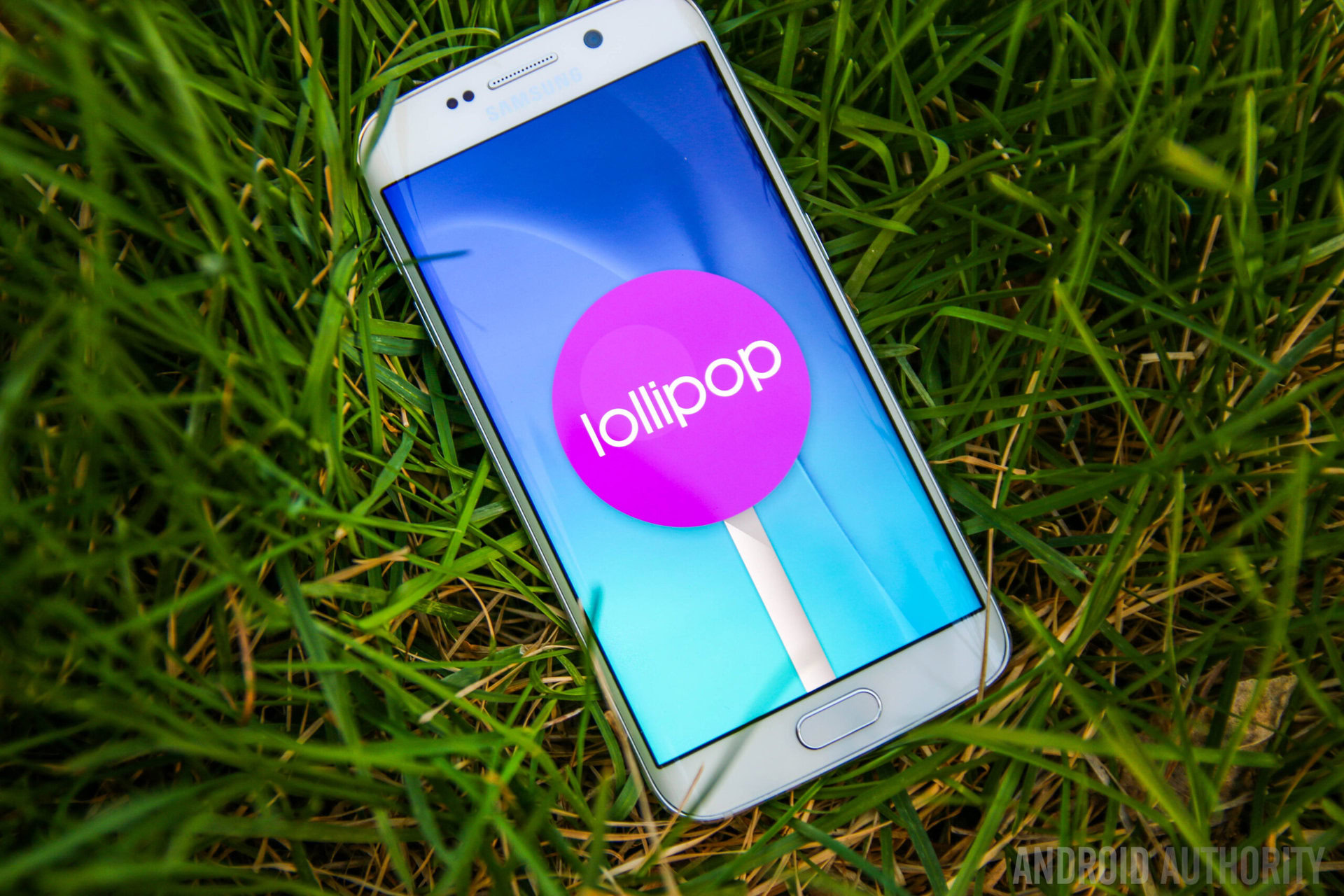Affiliate links on Android Authority may earn us a commission. Learn more.
Galaxy S6 Edge battery life review - 28 days later

The Galaxy S6 Edge may tick a lot of boxes, but on paper, there’s at least one area where Samsung’s curved flagship could be undone: the battery life. The handset is powered by a 2600 mAh battery and unlike past Samsung devices, it’s not removable.
Samsung claims the handset will survive an entire day in the right conditions, but just how good is the battery life? Since the handset launched on April 10th, I’ve been testing the battery life; I’ve already shared my first experience followed by an update a few days later but now it’s time to look back at the past four weeks and answer the real question everyone has been asking – just how long can you expect the battery to last?
My initial experience with the battery life was that, like with most smartphones, the first few days can be misleading. At first it lasted 14 hours, then dropped rapidly to 8 hours as soon as the brightness was turned up then rose up to just shy of 24 hours as the screen brightness was reduced. So for this piece I am trying to give you a better idea of what the average battery life on the S6 Edge is.
Average battery life
When considering how best to determine the average battery life, I thought about how the average consumer – i.e. the mass market, which is Samsung’s target market – would use the handset. From my knowledge, this often means using their phone in the morning and on the way to work, at lunch and then after work, through until the end of the day.
Average of 14 to 18 hours battery life
Using this average use case an example, the Galaxy S6 Edge average battery life is 14 to 18 hours battery life with screen auto brightness set to between 40 and 60 percent. Now this includes between 3 and 4 hours of screen-on-time (a topic I’ll touch on below) and various email accounts, information streams and social networks syncing all day.
There’s one big issue with the Galaxy S6 Edge though: using the handset for gaming or video playback does drain the battery. I’ve found that watching a movie for two hours at full brightness can use 35 percent of your battery or more. This reduces average total battery life to 13 hours, which wouldn’t be enough in our average use case.
As another use case, I’ve found that on days where I’ve been spending days at events and sharing images on social media, the battery life has been significantly worse. In fact, all camera usage results in lower battery life as opening the camera automatically puts the handset at full brightness. This was definitely a problem during the recent trip to Malta for the IFA 2015 GPC but one potential solution to this is Quick Charge-enabled portable chargers.
Screen on time
I mentioned screen on time and this leads me to a debate that appeared on the most recent FDP episode of the AA podcast. As we discussed, screen on time is highly subjective and often a number that gets branded about without being clearly explained. From my experience, an average screen on time of 3 to 4 hours on the S6 Edge is satisfactory from a full day’s use as I don’t spend the entire day on my handset.
If you happen to use your display more often, I’ve found that an increase in screen on time to between four and five hours will reduce the overall battery life by about three hours. If you increase the brightness to full brightness but keep auto brightness on, the total battery life drops to an average of between 14 and 16 hours while full brightness can halve the total battery life or worse.
[related_videos align=”center” type=”custom” videos=”599201,597711,592732,605763″]
Wrap up
The battery life on the Galaxy S6 Edge has certainly been interesting, and, as a Samsung user, the lack of removable battery was always going to be a challenge. Yet it’s proved easier to handle that I thought mainly due to Quick Charging, which has meant I can charge the handset quickly when I need to.
While I’ve been testing the battery life, there have been times where I couldn’t charge overnight and I’d wake up with nowhere near enough for a full day. This is where Quick Charging comes in; a 30-minute charge can add up to 50 percent to the battery life, while you can charge to full in 80 minutes or less.
Yes it’s certainly not perfect and yes, it won’t be good enough for everyone, but, for me, I’m willing to make the small sacrifice of battery life for the other positives – and there’s a lot of them – of the S6 Edge. If this average battery life won’t work for you, luckily not all OEMs have dropped removable batteries and the LG G4 is probably the best alternative to the Galaxy S6 Edge.
Let us know your thoughts. What’s your average battery life and screen on time from your experience so far?